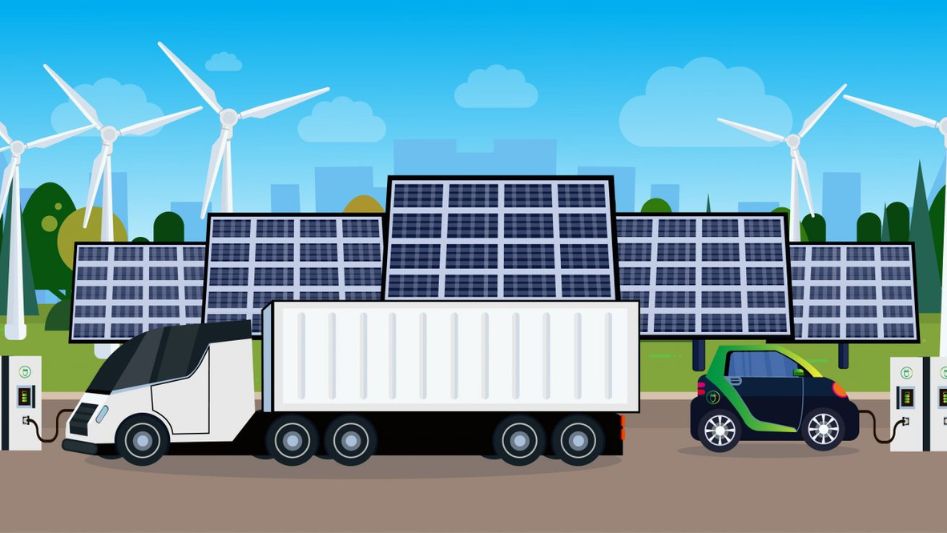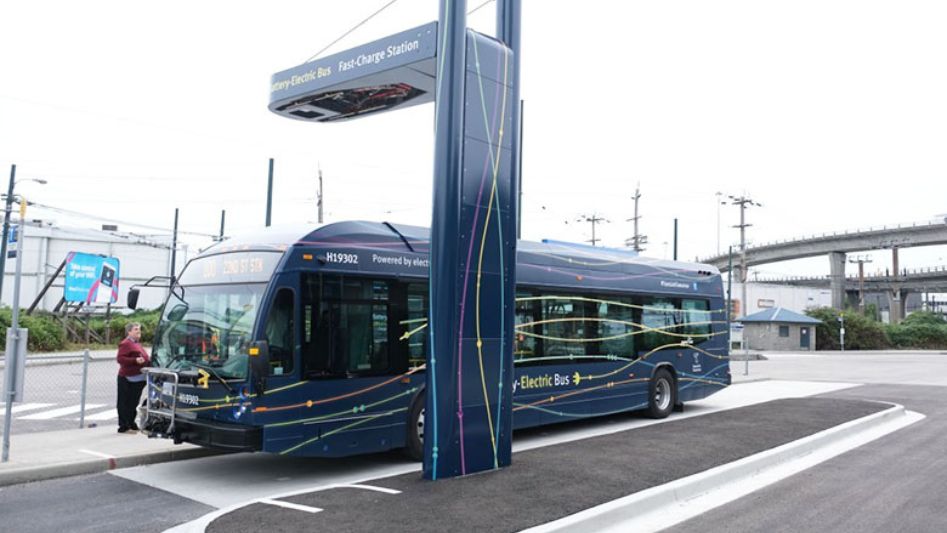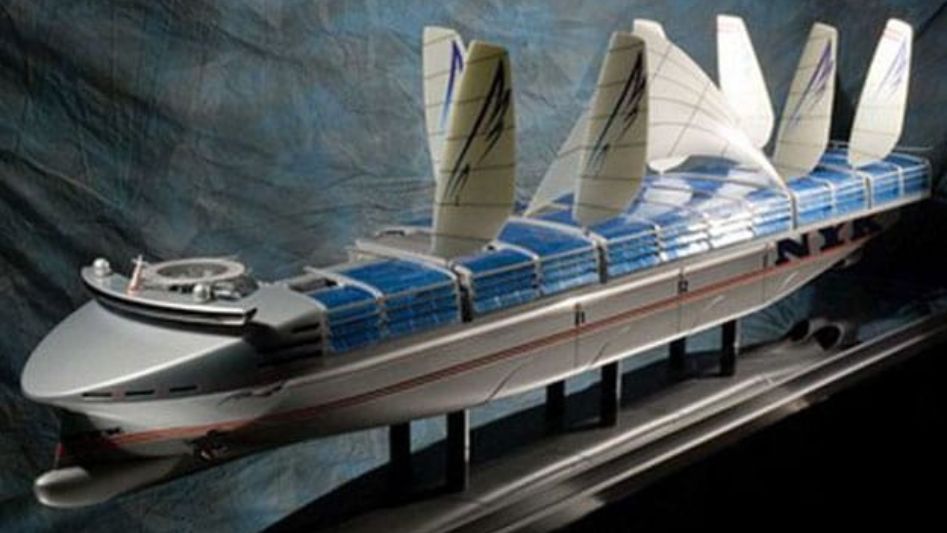The transportation sector is a critical contributor to greenhouse gas emissions, making it a prime target for reducing our carbon footprint and combatting climate change. One promising avenue for achieving this reduction is the adoption of renewable energy sources, particularly in electrifying various modes of transportation. This article explores the potential of renewable energy in the transportation sector and its role in shaping a more sustainable future.
Table of Contents

The Need for Change
The transportation sector accounts for a significant portion of global emissions, primarily due to the reliance on fossil fuels such as gasoline and diesel. As concerns about climate change grow, there is a growing consensus that we must transition to cleaner alternatives. Renewable energy sources present an attractive solution to this problem.
Electrification of Transportation
Electric Vehicles (EVs)
Electric vehicles, or EVs, have gained immense popularity in recent years as a clean and efficient alternative to traditional internal combustion engine (ICE) vehicles. These cars, powered by electricity stored in batteries, emit zero tailpipe emissions, making them a key player in reducing air pollution in urban areas. The growth of EVs is closely tied to the expansion of renewable energy sources.
Public Transportation
Renewable energy also plays a significant role in transforming public transportation. Electric buses and trams are becoming more common in cities worldwide. These vehicles are not only quieter and more environmentally friendly but also cost-effective in the long run. Utilizing renewable energy to power public transport networks can lead to substantial reductions in greenhouse gas emissions.
The Role of Renewable Energy
Solar Power
Solar power is a clean, abundant, and widely available source of renewable energy. Installing solar panels on the roofs of buildings, parking lots, and charging stations can generate electricity for EVs and public transportation. In regions with ample sunlight, solar-powered charging stations can help create a sustainable energy ecosystem.
Wind Power
Wind turbines, both onshore and offshore, are another important source of renewable energy. The energy generated from wind farms can be integrated into the grid to power EV charging infrastructure and electrified transportation networks. Wind power is particularly valuable in regions with consistent wind patterns.
Hydropower
Hydropower, generated from the flow of water in rivers and dams, is a well-established renewable energy source. In addition to supplying electricity to the grid, hydropower can be used to produce hydrogen, a clean fuel for fuel cell vehicles (FCVs). FCVs offer an alternative to battery electric vehicles, and hydropower can play a crucial role in their development.

Overcoming Challenges
While the potential for renewable energy in the transportation sector is significant, there are challenges to overcome:
Infrastructure Development
Expanding the infrastructure for renewable energy and electric transportation requires substantial investments. Governments, businesses, and individuals need to collaborate to build charging stations, upgrade the power grid, and develop sustainable transportation networks.
Energy Storage
Effective energy storage solutions are essential to ensure a stable and reliable energy supply for electrified transportation. Advancements in battery technology are crucial to increase the range and efficiency of EVs and reduce their dependence on fossil fuels.
Policy Support
Governments must implement policies and incentives to encourage the adoption of renewable energy in transportation. Subsidies for EV purchases, tax incentives, and emissions reduction targets are some of the tools that can drive the transition to clean energy.

Conclusion
Renewable energy is revolutionizing the transportation sector, offering a pathway to a more sustainable and eco-friendly future. Electric vehicles, powered by solar, wind, and hydropower, are becoming increasingly common on our roads, while public transportation systems are transitioning to electric alternatives. As we overcome the challenges associated with infrastructure, energy storage, and policy support, the vision of an electrified transportation future powered by renewable energy draws closer. By embracing these changes, we can reduce emissions, combat climate change, and create a cleaner, greener world for future generations.
FAQs
How can renewable energy benefit transportation?
Renewable energy reduces carbon emissions, decreases air pollution, and lessens our dependence on fossil fuels, making transportation more eco-friendly and sustainable.
What are some examples of renewable energy in transportation?
Examples include electric vehicles (EVs) powered by solar and wind energy, electric buses, and the use of hydropower to produce clean hydrogen for fuel cell vehicles.
What challenges does renewable energy in transportation face?
Challenges include the need for infrastructure development, improving energy storage solutions, and gaining policy support to accelerate the adoption of clean energy in transportation.
How can individuals contribute to renewable energy in transportation?
Individuals can support this transition by driving electric vehicles, using public transportation, advocating for policy change, and adopting energy-efficient driving habits.
You May Also Like
- DRIVING CHANGE: HOW GREEN ENERGY IS TRANSFORMING THE TRANSPORTATION SECTOR
- THE FUTURE OF TRANSPORTATION: ELECTRIFICATION AND SUSTAINABLE MOBILITY
- THE IMPACT OF FOSSIL FUELS ON CLIMATE CHANGE: UNPACKING THE SCIENCE
- THE ENVIRONMENTAL CONSEQUENCES OF FOSSIL FUEL EXTRACTION
- GREEN ENERGY INNOVATIONS: WHAT’S ON THE HORIZON?
External Links
- What are the current and emerging trends in transportation electrification and renewable energy sources?
- What the Future of Renewable Energy Looks Like
- The electrification of transportation in energy transition
- What are the future trends and projections for renewable energy in transport?
- Wise use of renewable energy in transport
